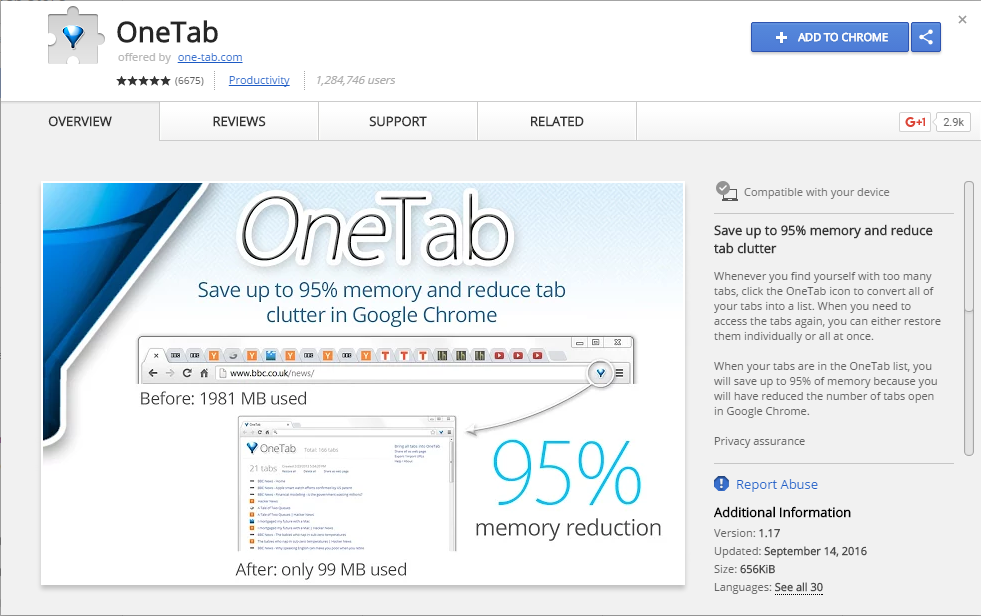
Once AutoGPT has met the description and goals, it will start to do its own thing until the project is at a satisfactory level. Goal 2: Turn this simple recipe into a Michelin Star quality version.Role: An AI designed to find an ordinary recipe on the web, and turn it into a Michelin Star quality recipe.Bytes 16 through 23 of the database file contain header information which is not encrypted.It is recommended that any product that uses encryption check this byte to make sure it is being set to 4 or 12 or 32 and not 0. Thus, you can always check to see how much nonce is being used, even on an encrypted database file, just by looking at byte 20. The encryption will be weaker, but no extra space will be used in the database file to store the nonce.īytes 16 through 23 of the database are unencrypted.

But if this is still a problem for you and if your use of encryption is to more to prevent idle snooping that to block a determined hack attempt, then you can create one or more tables in the database first, then invoke sqlite3_rekey() to change the encryption key from NULL to whatever you want. This size increase (if any) will be very small. The nonce size can only be set when the database is first being created.īecause of the extra space taken to store the nonce on each page of the database, your database file might be slightly larger when encryption is enabled. And once a database has been created, this value cannot be changed. This value is set to zero by default in databases created by the public-domain version of SQLite. The number of bytes of nonce on each page of the database is determined by byte 20 of the database file. Purists will argue that (rightly) the encryption is weak without a nonce. Without a nonce, the encryption can be broken using a chosen-plaintext attack. The encryption is much more secure if it has a random nonce value on each page of the database. If you specify a key that is larger than the maximum key length, then the excess key material is silently ignored. If you specify a key that is shorter than the maximum key length, then the key material is repeated as many times as necessary to complete the key. AES-256 the first 32 bytes of key are used. With the AES-128 the first 16 bytes of the key are used. With RC4 the first 256 byte of key are used.

The amount of key material actually used by the encryption extension depends on which variant of SEE you are using. The following encryption algorithms are currently supported: The SEE is actually a set of extension employing various encryption algorithms. We invested a lot of time building the encryption options built into SQLiteManager and you can now add, remove or change encryption for an sqlite database just selecting a menu item.Īll database content, including the metadata, is encrypted so that to an outside observer the database appears to contain white noise. SQLiteManager is the only sqlite application that supports all the official encryption extensions developed for sqlite by the sqlite authors ( SEE - SQLite Encryption Extension). SQLCipher has been adopted as a secure database solution by many commercial and open source products, making it one of the most popular encrypted database platforms for Mobile, Embedded, and Desktop applications.

Starting from version 4.3.0 SQLiteManager fully support SQLCipher database encryption.


 0 kommentar(er)
0 kommentar(er)
